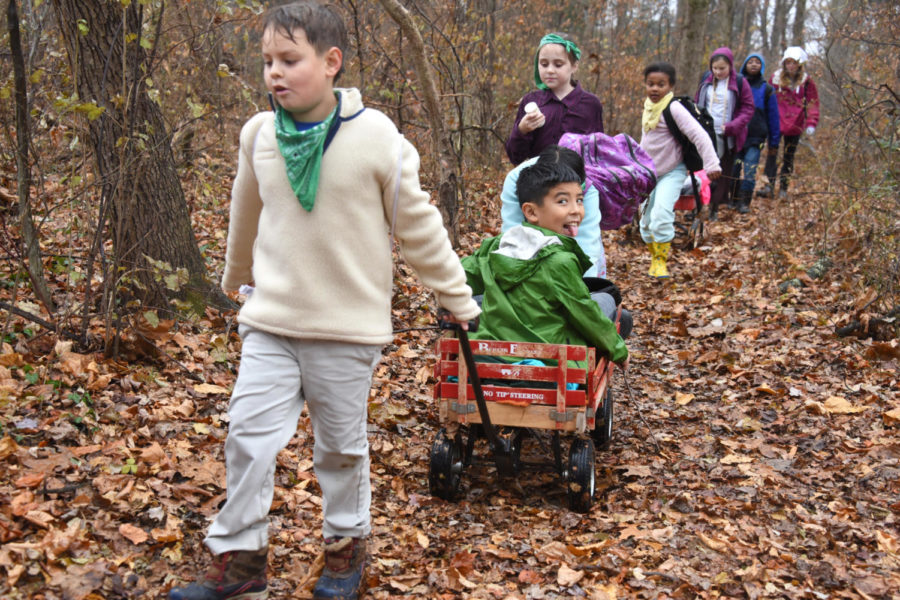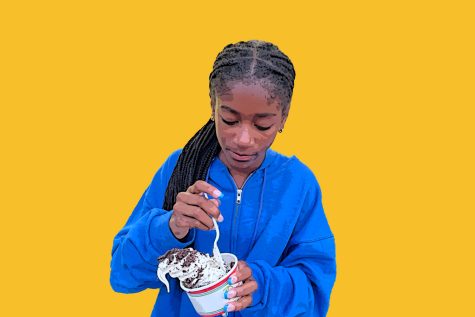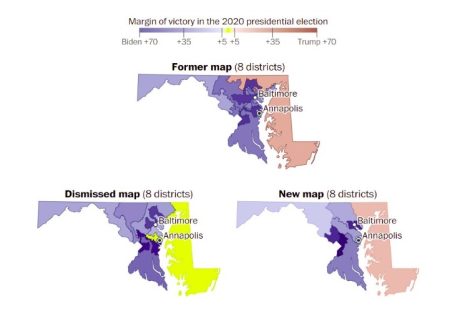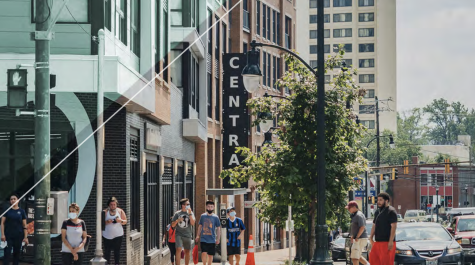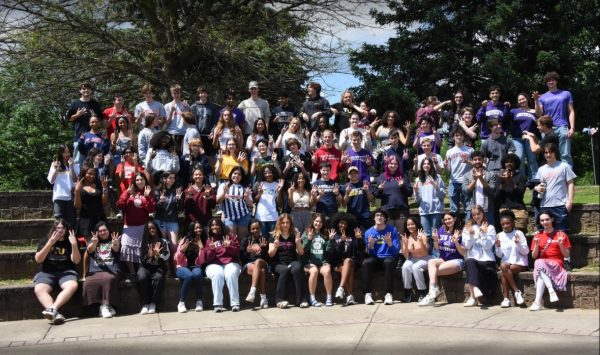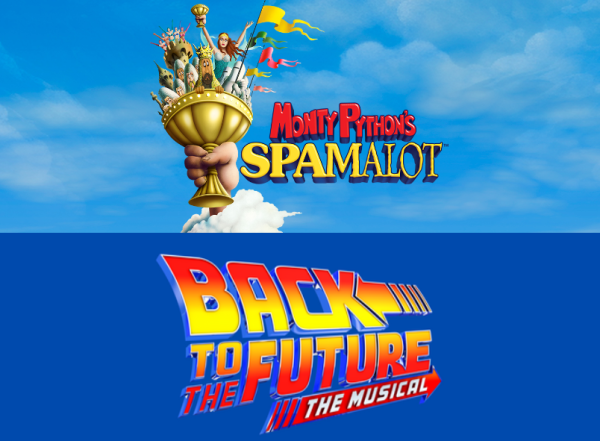Have we strayed from what makes SSFS special?
What makes Sandy Spring special? In our rapid growth, have we watered down our values and strayed from what made this school really special?
To help answer this question, I spoke with alumnus Jane Megginson, class of 1984, who attended Sandy Spring when it was just a tiny progressive school on the outskirts of Montgomery County. When Jane began 9th grade, the program was a newly created annex to the rest of the high school. Spearheaded by Barry Morley and four other dedicated teachers, it was a labor of love that Jane cites as the most formative and memorable year of high school.
The 9th grade was taught in the community house of the Sandy Spring Monthly Meeting; Jane fondly remembers all of about 30 freshman riding their bikes from our central campus to the Monthly Meeting every morning. Though the program was very isolated from the rest of Sandy Spring, it allowed her class to form a tight bond that was crucial to the risk-taking and growth that occurs throughout high school.
The academic calendar of the 9th grade gave students autonomy and allowed their studies to be driven by their interests. Formatted in a style similar to college, students would pick specific topics within a subject to study for about 10 weeks. Instead of taking a pre-programmed biology course for two semesters, they could pick mini-courses on subjects such as trees, biomes, and plant reproduction. Jane recalls all of this with a sense of giddy nostalgia, showing the impact and joy that SSFS has brought to her life. After graduating from Sandy Spring, she went on to attend the Quaker Earlham College, and has stayed within the Quaker community working as Camping Program Director of the Baltimore Yearly Meeting, or the religious organization that oversees Quaker meetings on the east coast.
Today, the ninth grade program strives to grow and maintain the elements that made it so unique more than 30 years ago, reflecting the struggle between evolution and tradition that the rest of the school faces. Hartshorne, or the 9th grade hall, carves out a special space for 9th graders in our central campus instead of near the Monthly Meeting. The infamous 10-day orientation camping trip has been shortened to a 4 day excursion, yet it still facilitates the challenge and connections of the original. Exploration outside of the classroom is an integral piece of the biology curriculum, but the rotating mini-semesters have been replaced with a more traditional academic calendar. There are some changes that are needed as a school evolves, but there are others that can jeopardize our core values. The watering down of signature programs that allow our students to experience the world are an example. A few annual assemblies and some senior buddy photo ops do not make up for the weekly community work or orientation camping trips that our school prided itself on. When looking around campus, there are not small, simple Quaker buildings because we are not a small, simple Quaker school. This is a good thing. But some of our growth begs to ask the question: are we growing with our beginnings in mind?
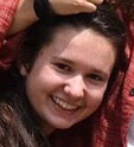
Hi, my name is Rebecca Megginson. I'm a sophomore at Sandy Spring Friends School who enjoys writing about politics, pop culture, and SSFS life. I joined...

